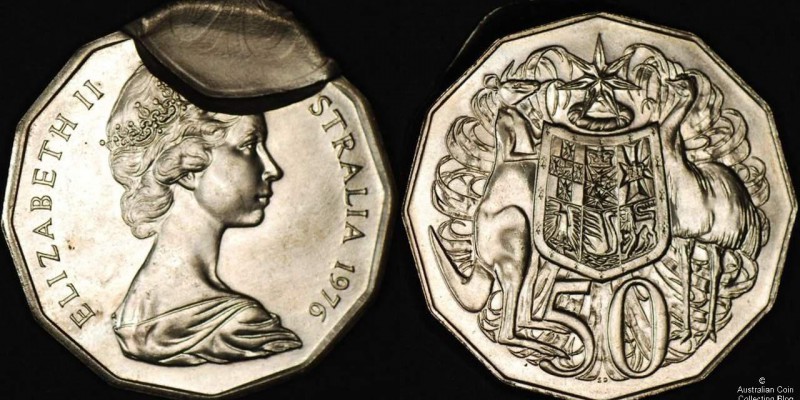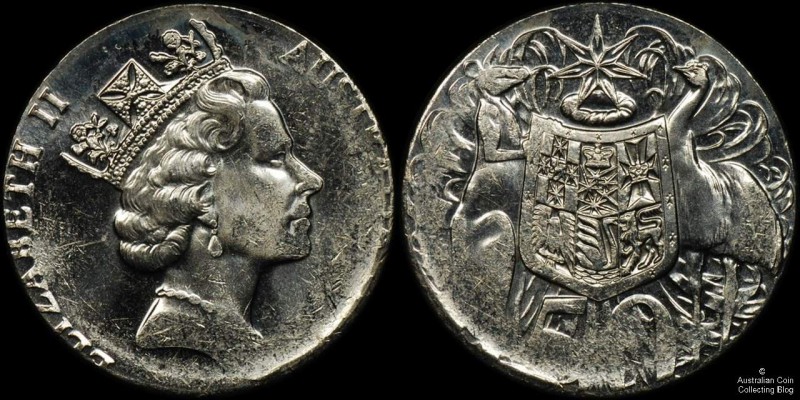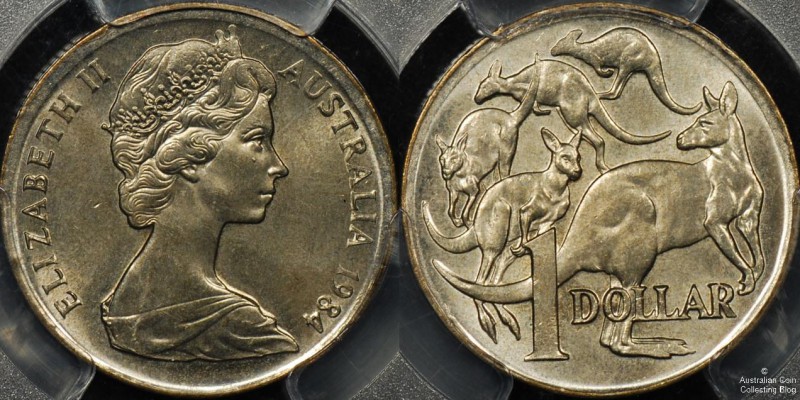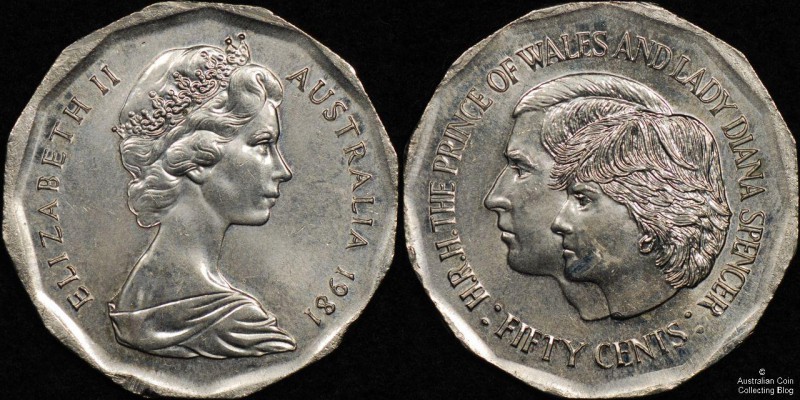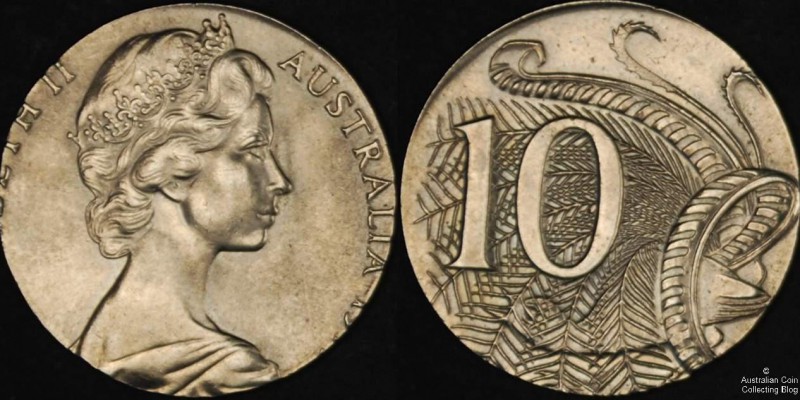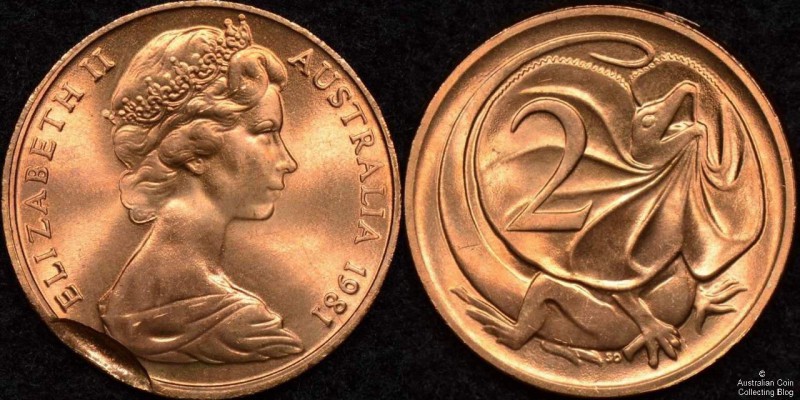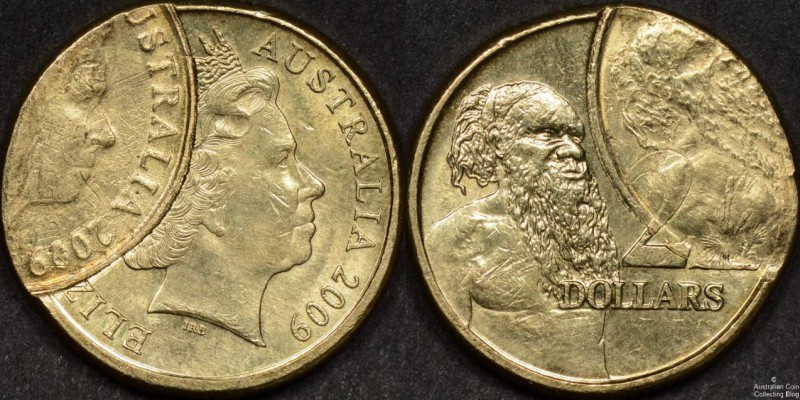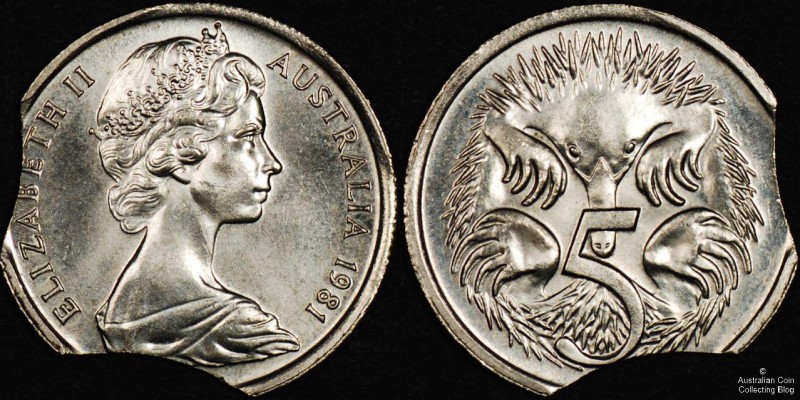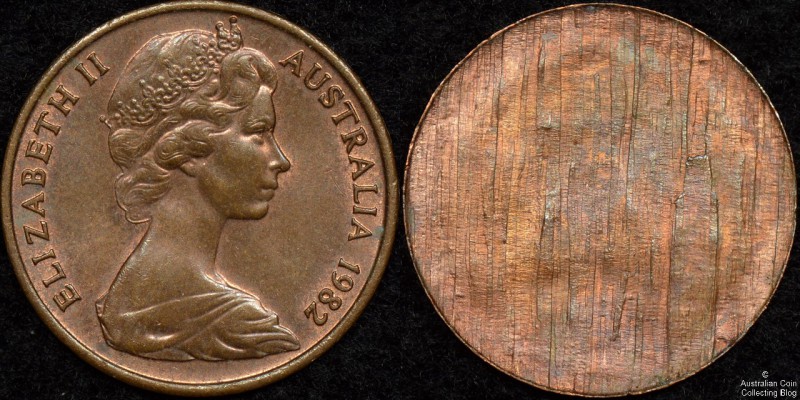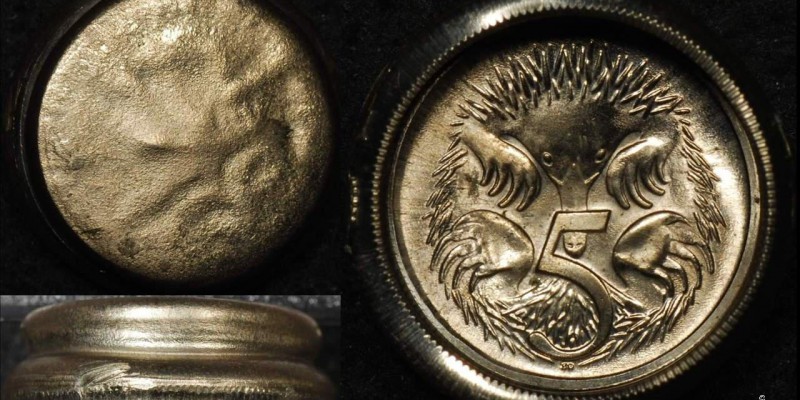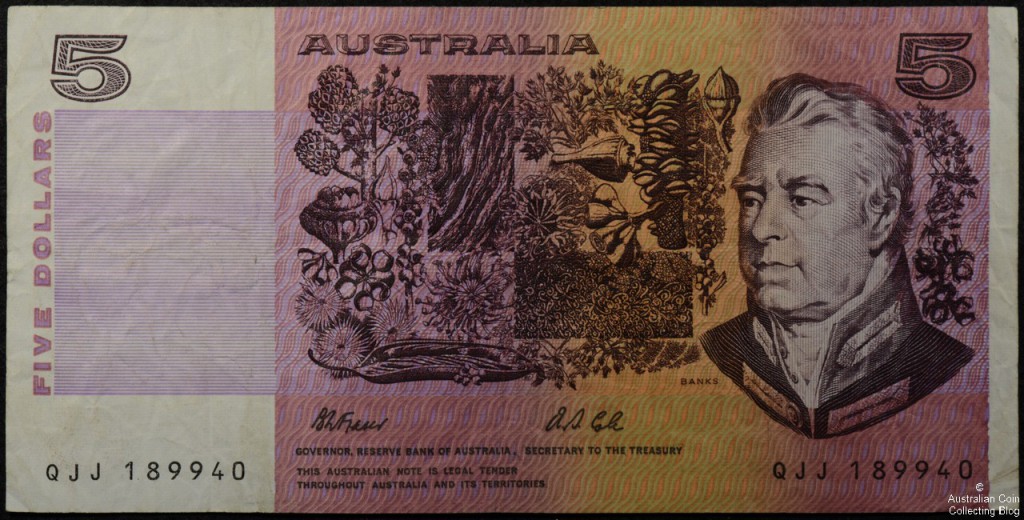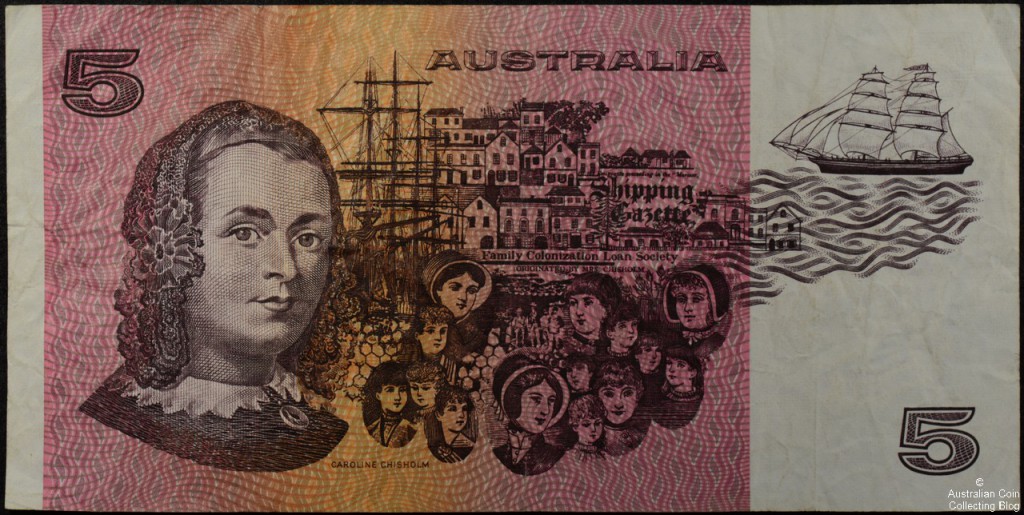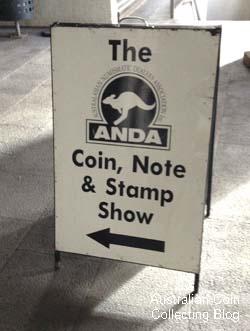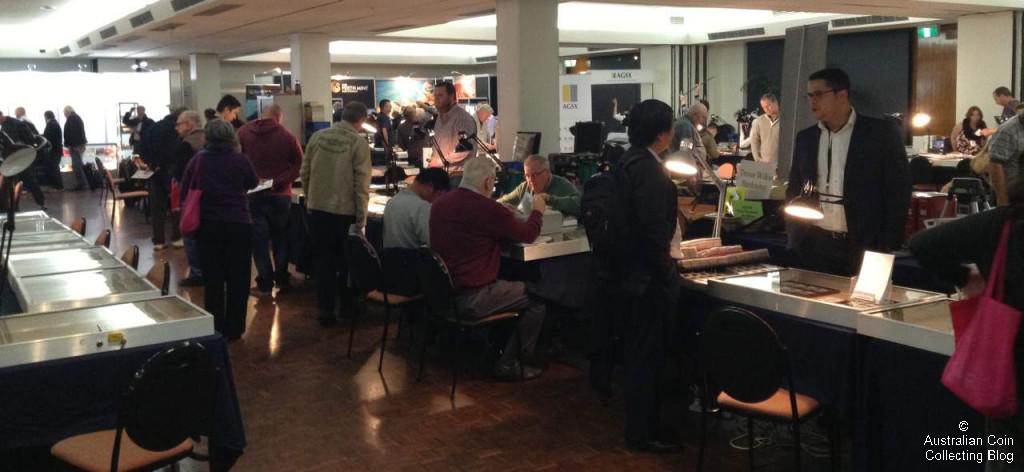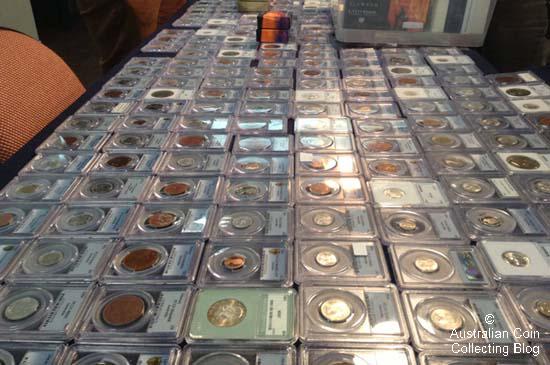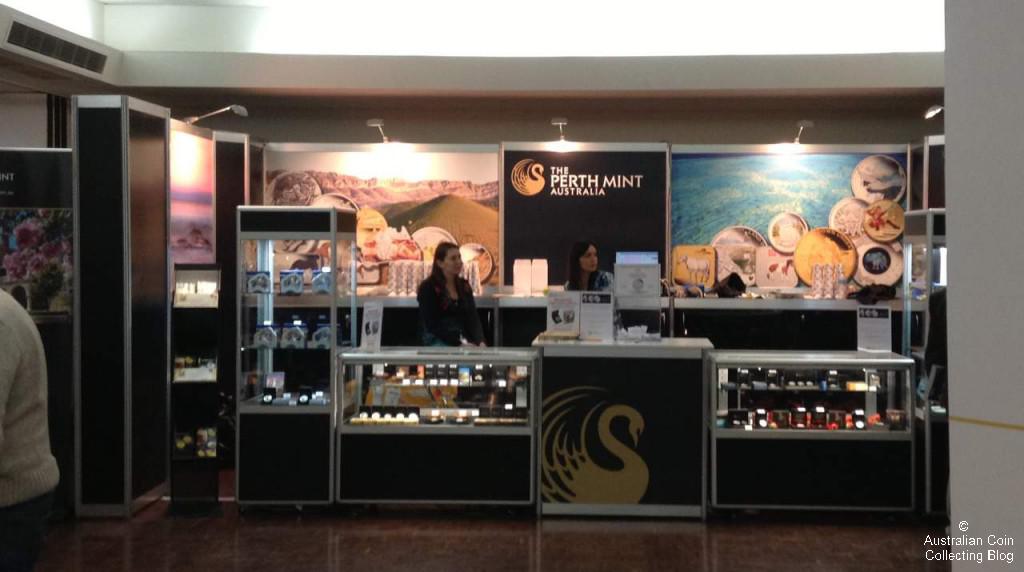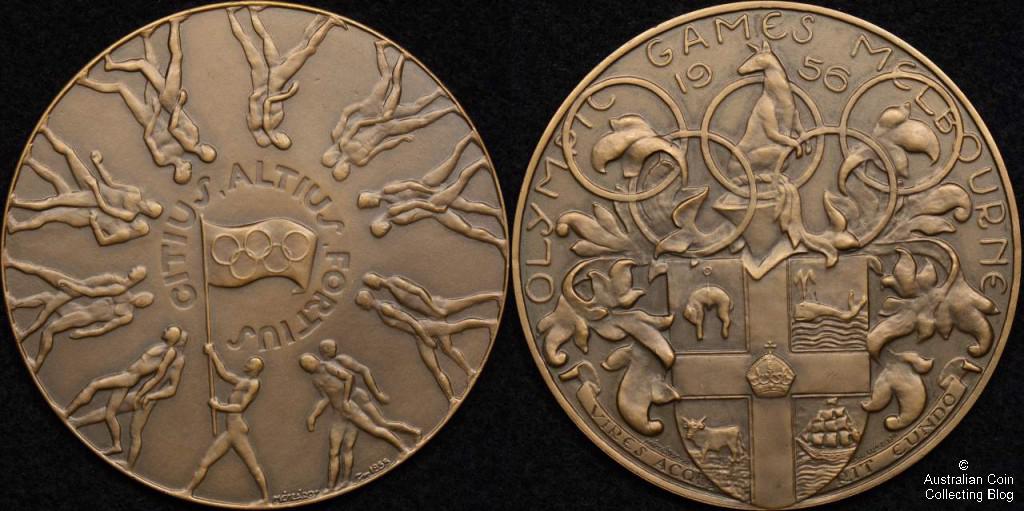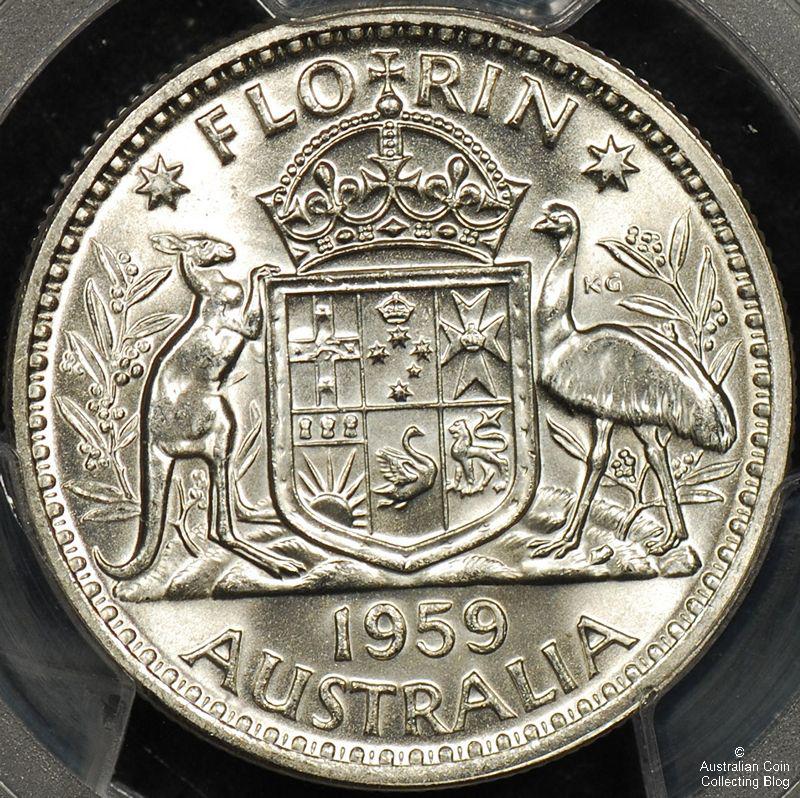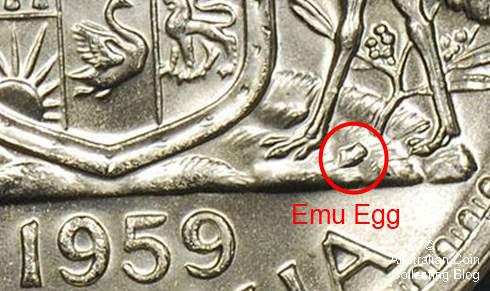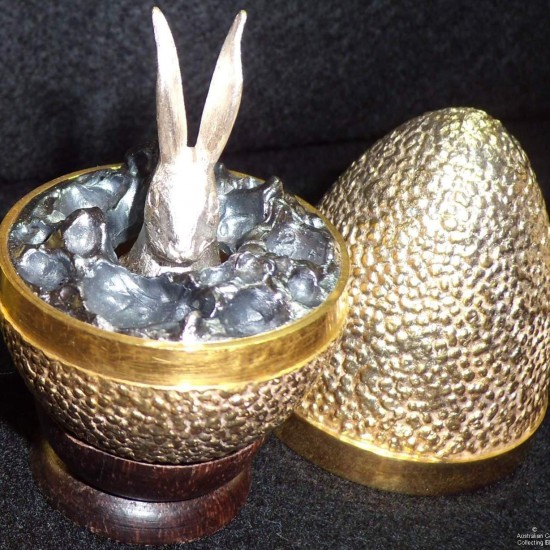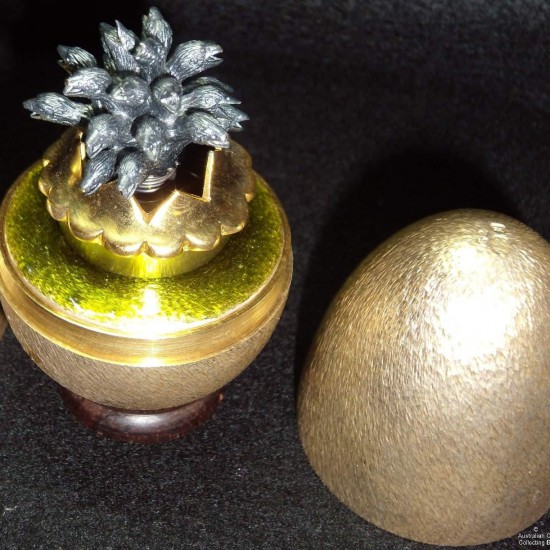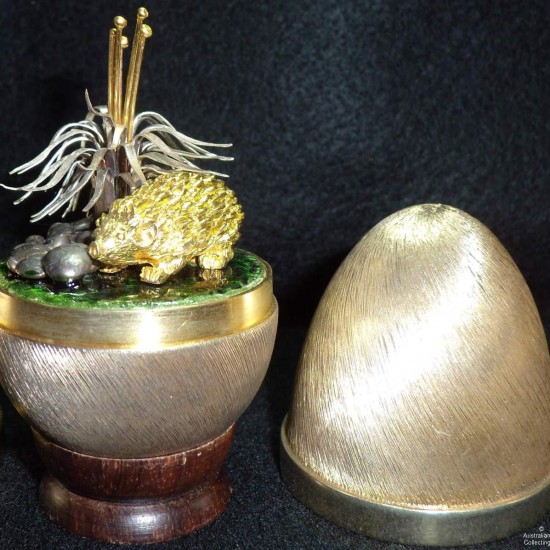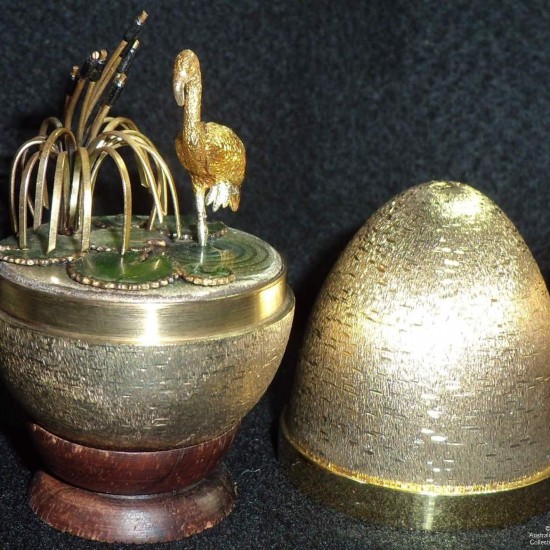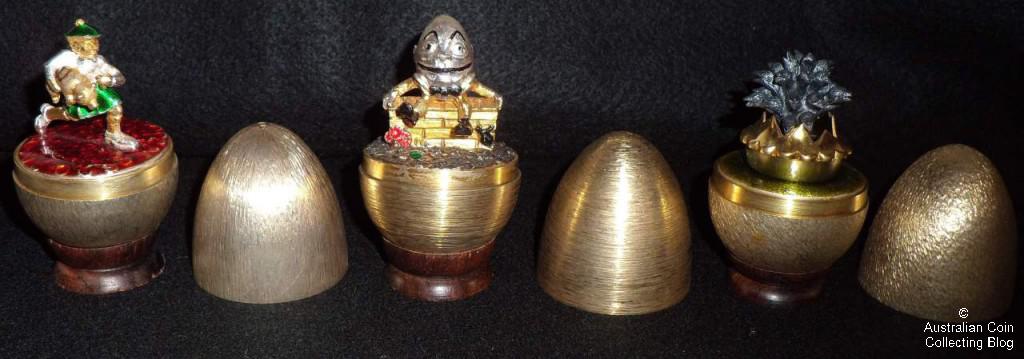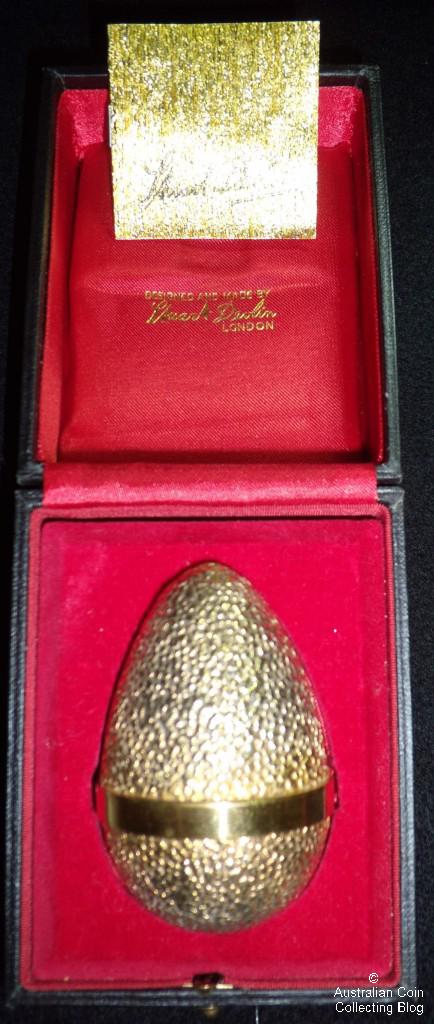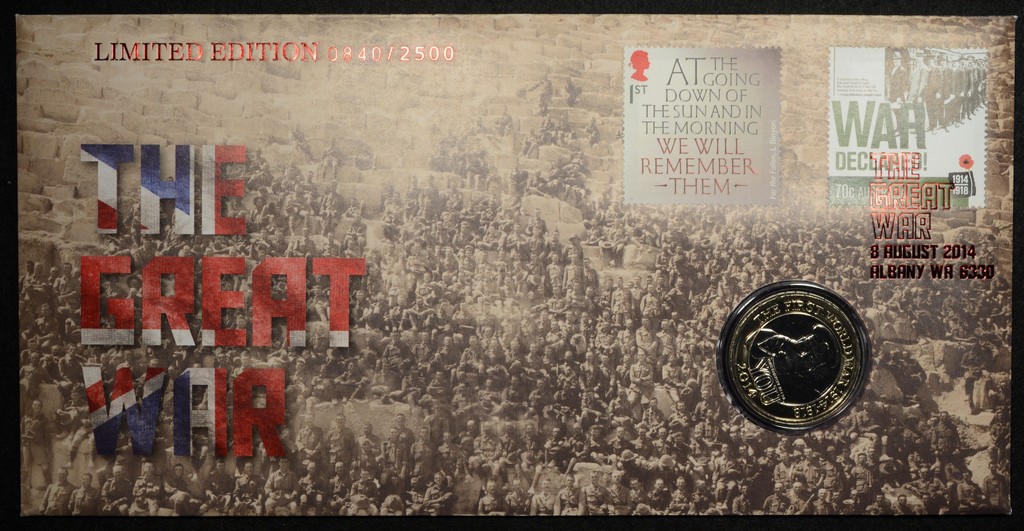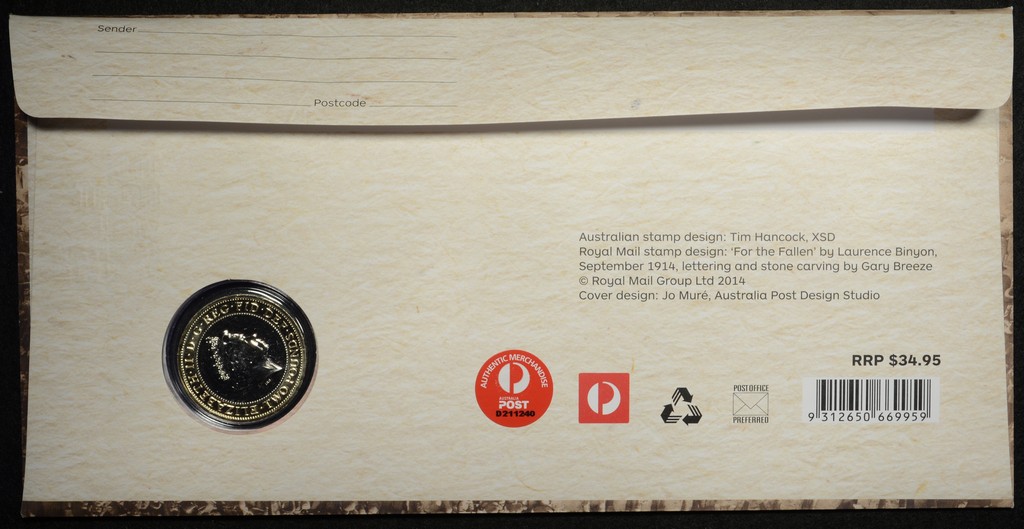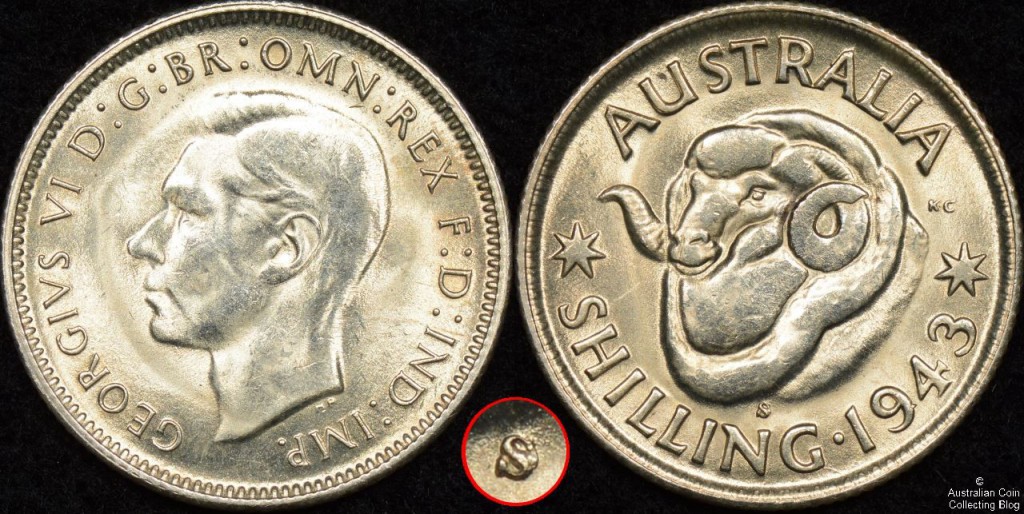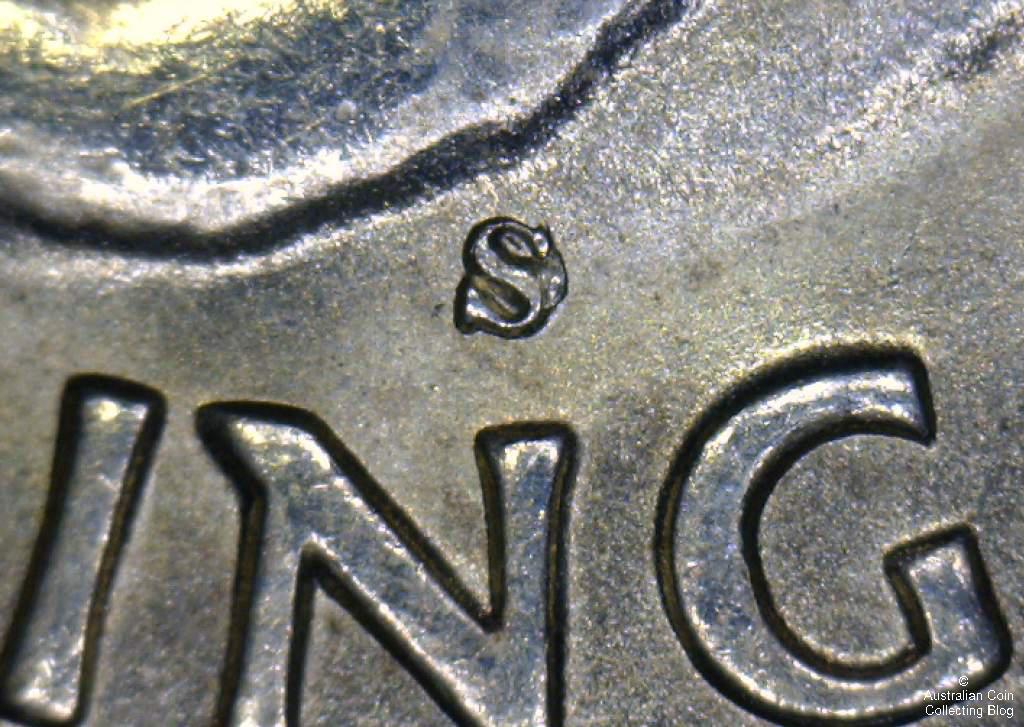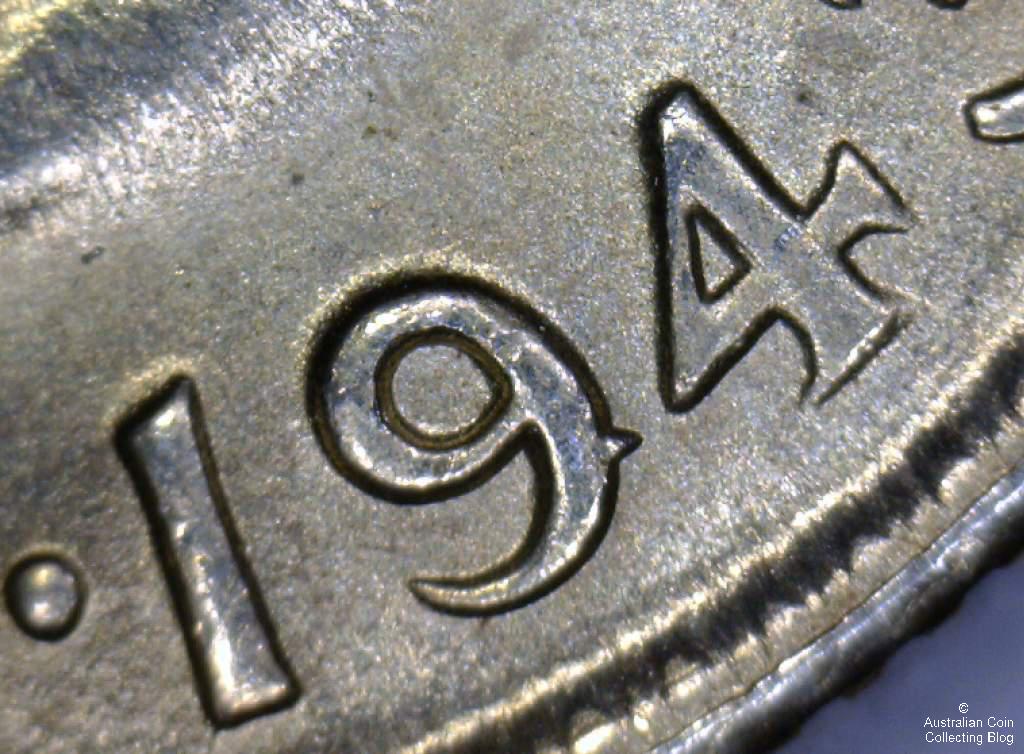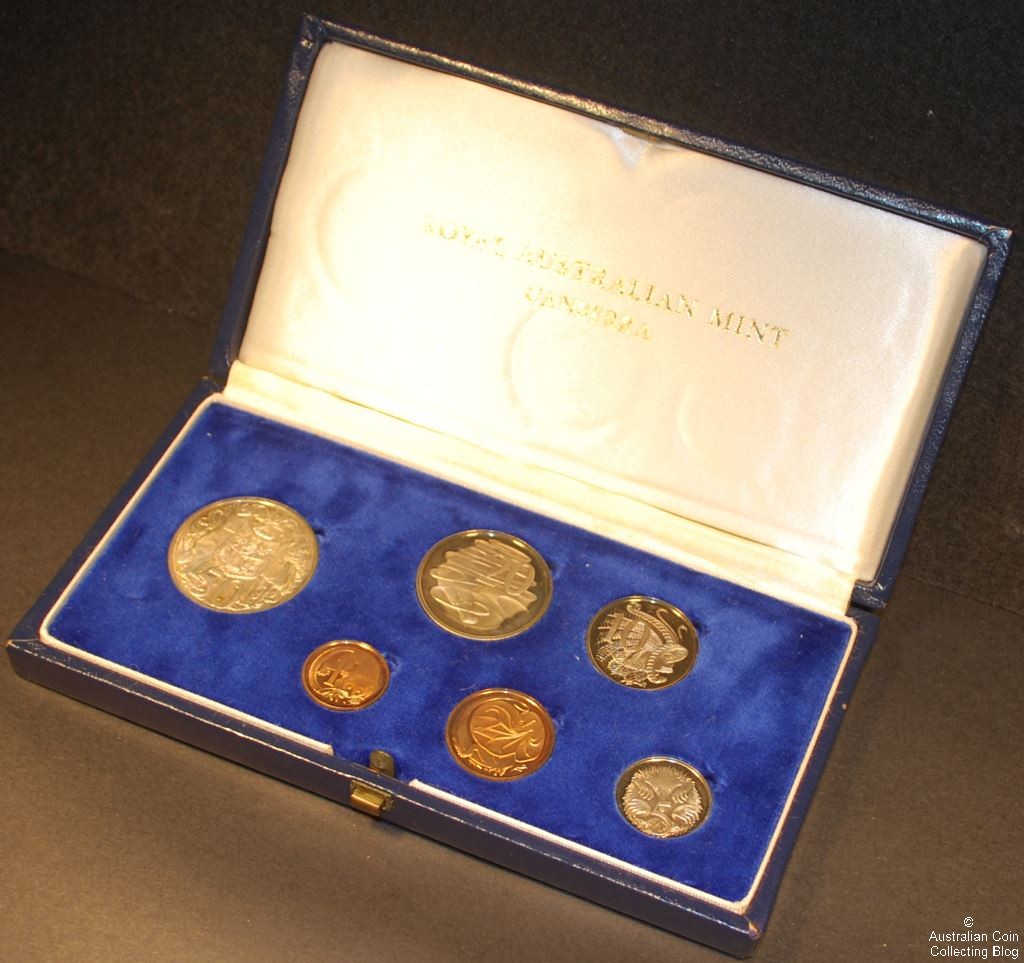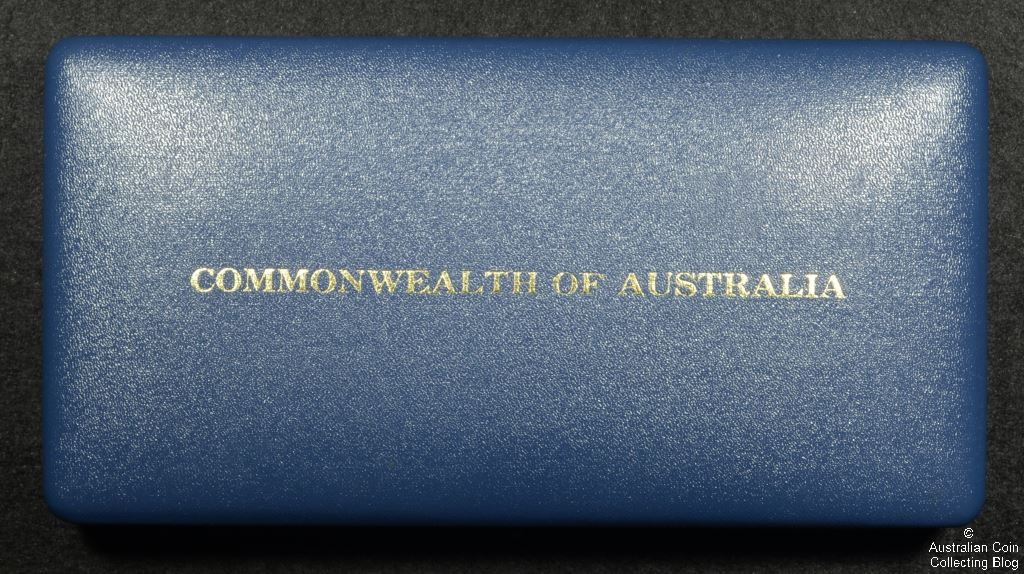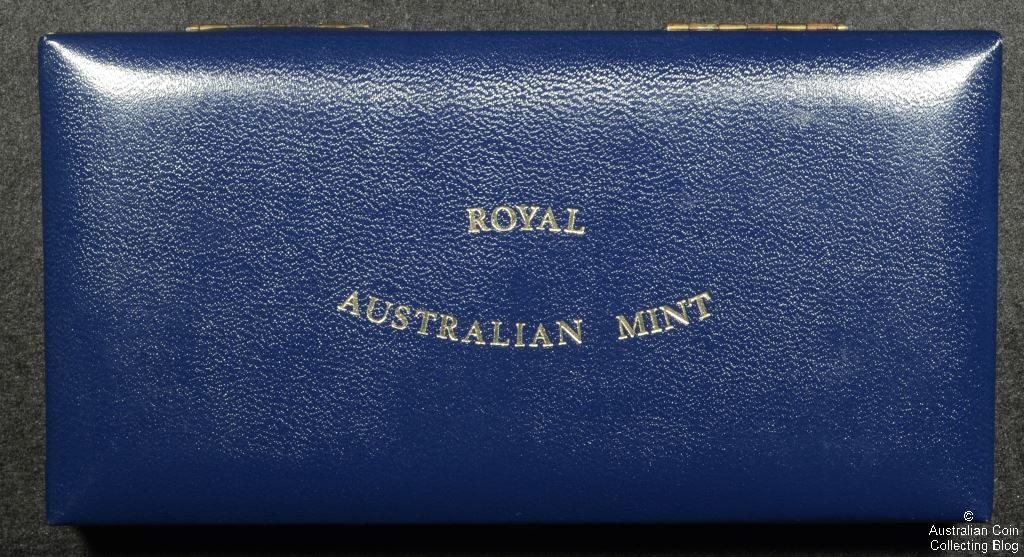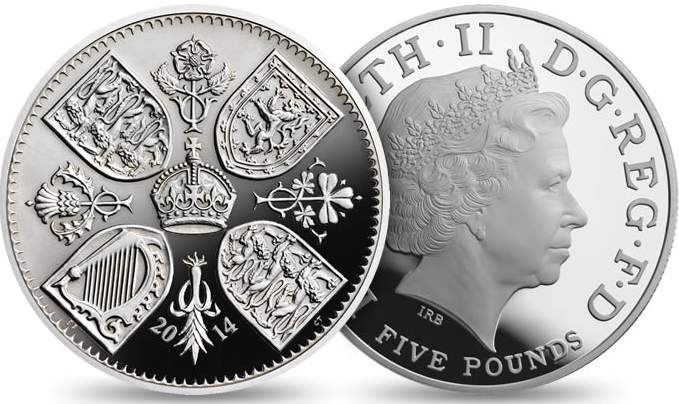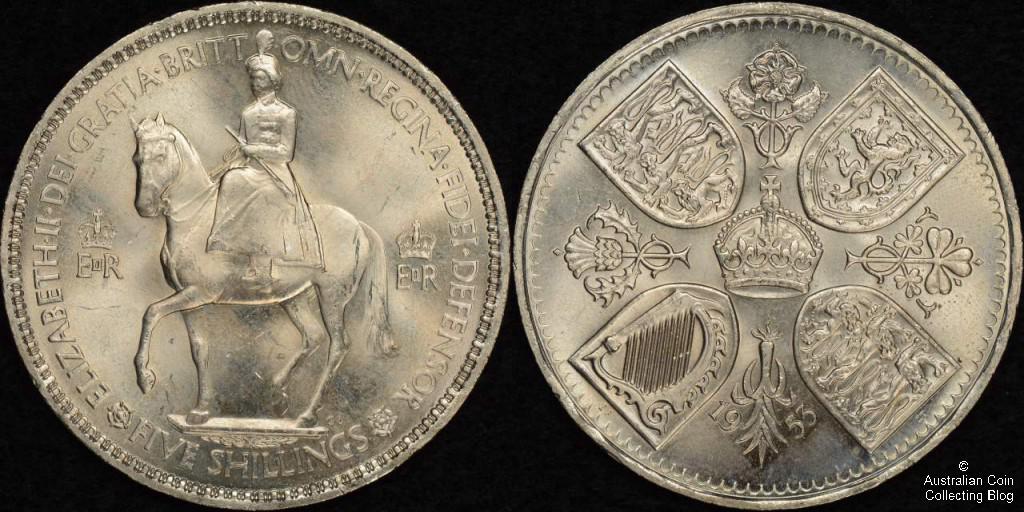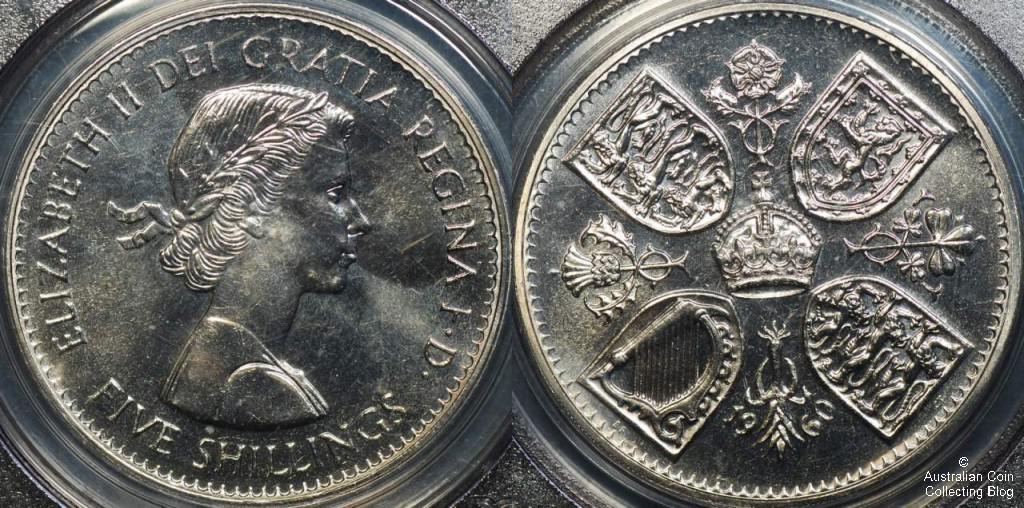The market for quality high grade Australian decimal error coins is certainly heating up right now with strong results seen across the board at public auction and auction sites such as eBay. All coins shown or mentioned in this article grade uncirculated or better. The types of errors above range from extremely rare one off coins we’ve never seen before to error coins found in numbers indicating coin press malfunction or bulk coin blank contamination. For example the 2009 $2 is commonly seen double struck with an estimated maybe 50 coins in existence they do often pop up for sale. I say common because even though 50 is a small number, it’s a lot compared to all the other years the $2 coin was minted with only a few examples of 2008 dated coins appearing and this type of error hasn’t been found on coins dated any other year (to my knowledge). Compare that scenario to the double struck mob of roos dollar coin seen above of which we have never seen another. One coin not to be overlooked is the 1992 $2 struck on a magnetic foreign holed planchet or washer, the kind of unique coin that I could’t even put a price on it’s so rare. Only an auction would test the strength of the market for this rare coin -if it were for sale.
Off-centre coins, ramstrikse, broadstrikes and partial collar errors are more commonly caught by security companies before even entering circulation which is where the wrong planchet coins become easier to find. Wrong planchet coins are easily fed, rolled and distributed for you to find in your change which was the lucky scenario for the woman shopping in Woolworths in 2009 when she was handed an odd looking mob of roos $1 which was in fact struck on a bi-metal planchet intended for a Venezuelan Bolivar! The wrong planchet coins seen above were removed from coin rolls and immediately onto the collector market and as such are in top gem uncirculated grade.
It appears a few collectors are seeing the investment and value in these decimal error coins which is driving prices stronger. Below are a few exceptional sales results from 2014:
1981 20c struck on Hong Kong $2 scalloped planchet $16,695 (incl comm) on $4,000 estimate Downies #316 Feb 2014
1994 10c on 5c planchet Uncirculated $2,800 on estimate of $750 Downies #317 July 2014
1995 10c on 5c planchet Uncirculated $2,950 on estimate of $750 Downies #317 July 2014
1997 50c on 20c Planchet Uncirculated $2,100 on estimate of $900 Downies #317 July 2014
ND double struck $2 eBay September 2014 $966 Auction result
2009 double struck $2 eBay July 2014 $1,375 Auction Result
2009 double struck $2 eBay August 2014 $1,122 Auction Result (Padstow Coin Centre)
2005 Mob of Roos $1 Off-Centre described as Massive Broadstrike eBay August 2014 BIN $1,250
1975 50 cent struck 10% off-center PCGS MS64 eBay August 2014 $1,008 Auction Result
Now I’ve only mentioned sales results here where I’ve viewed in person or reasonable assumed authenticity for each coin based on the images provided using my own expertise in identifying a genuine mint error. There are a lot of home-made and dodgy shed-job errors out there being passed off as legitimate genuine Mint error coins. It’s a good idea to familiarise yourself with the factors that make each type of error coin a real and true error to ensure you’re not buying a dud. Always if you can, view a coin yourself, in hand, or have someone trustworthy and knowledgeable do it for you before you purchase or place your bids.
